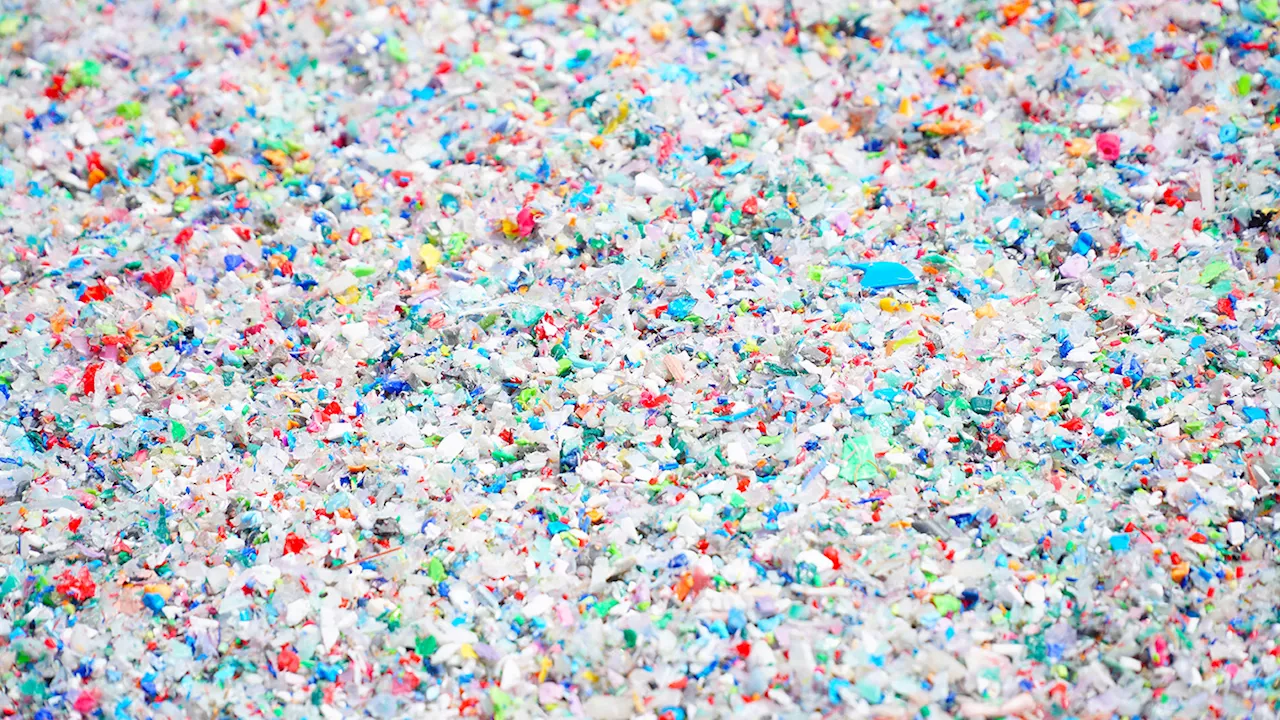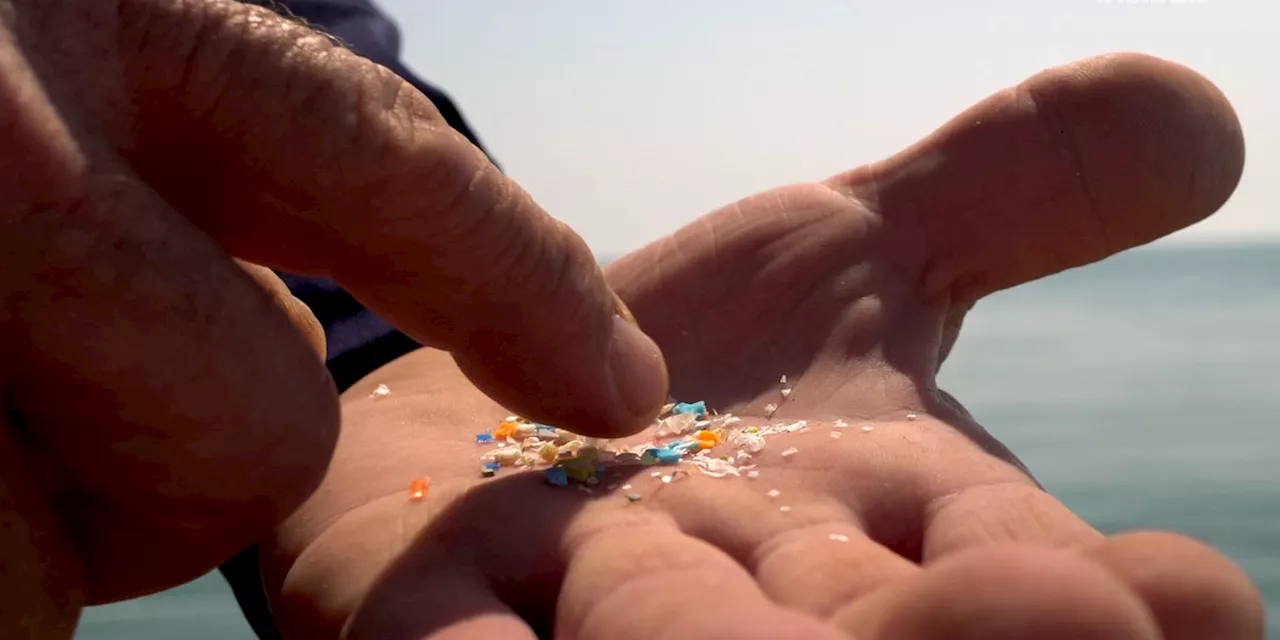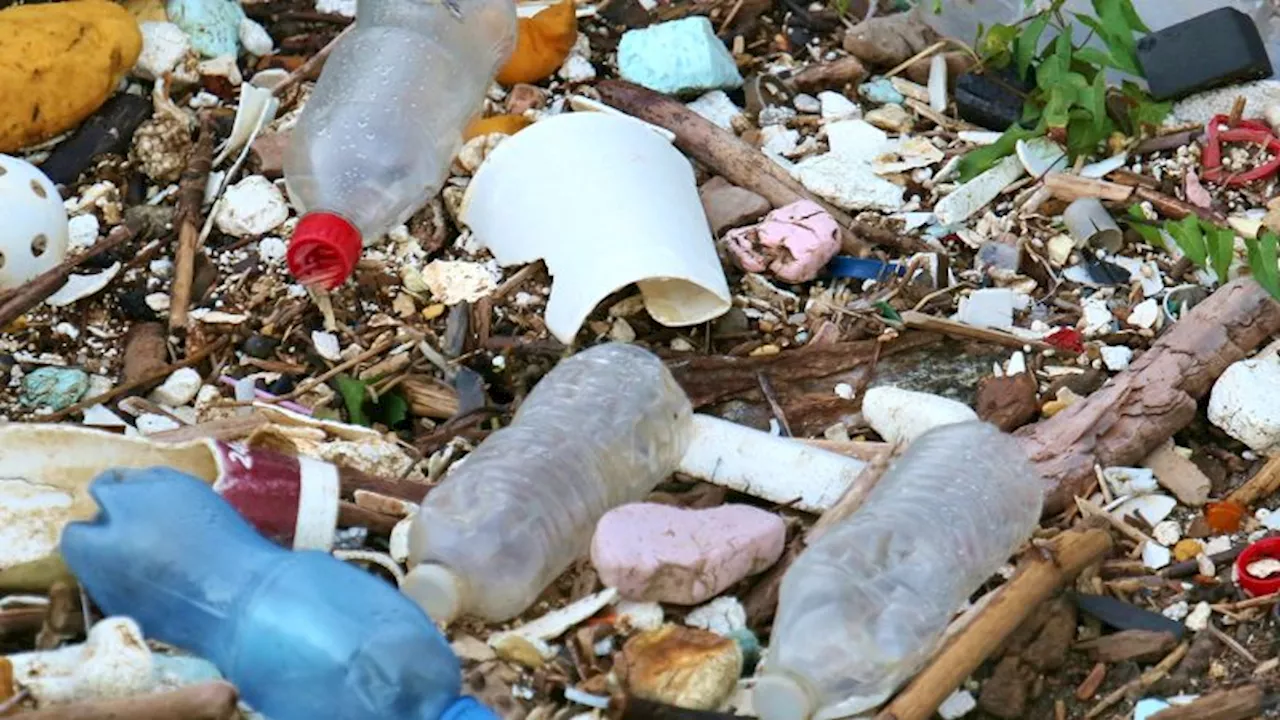A recent study reveals a concerning increase in microplastic concentrations in human brains compared to eight years ago. The research suggests a potential link between dementia and elevated microplastics levels, but further investigation is needed to determine the cause-and-effect relationship. The findings highlight the urgent need to address plastic pollution and its impact on human health.
A new study has revealed alarming findings about the presence of microplastics in human brain s. Samples collected at autopsy in early 2024 showed a significantly higher concentration of tiny plastic shards compared to samples taken eight years prior. The study, led by Matthew Campen, Regents’ Professor and professor of pharmaceutical sciences at the University of New Mexico, found that brain tissue contained seven to 30 times more microplastics than their kidneys and liver.
Specifically, cadaver brain samples averaged 4,800 micrograms per gram of plastic, equivalent to a standard plastic spoon. This represents a 50% increase compared to samples collected in 2016. The researchers also discovered an additional three to five times the amount of plastic fragments in the brains of individuals diagnosed with dementia before death. These microplastics, smaller than the naked eye can see, were concentrated in the walls of brain arteries and veins as well as brain immune cells.While the exact impact of these microplastics on brain health remains unclear, experts caution that further research is crucial. Dr. Philip Landrigan, director of the Program for Global Public Health and the Common Good at Boston College, highlights that the rapid increase in plastic production and pollution has likely contributed to the elevated levels found in human tissues. He emphasizes the need to understand the potential consequences of these microplastics, as they can carry harmful chemicals that may disrupt cellular processes and endocrine function. The study's findings underscore the growing concern about the pervasive presence of plastics in the environment and their potential effects on human health
Microplastics Human Brain Dementia Plastic Pollution Health Risks
United States Latest News, United States Headlines
Similar News:You can also read news stories similar to this one that we have collected from other news sources.
 Microplastics and Nanoplastics Found at Higher Levels in Human BrainsA new study reveals alarming findings about the accumulation of microplastics and nanoplastics in the human brain, surpassing concentrations in the liver and kidneys. The study also highlights a potential link between these plastics and dementia, emphasizing the need for further research.
Microplastics and Nanoplastics Found at Higher Levels in Human BrainsA new study reveals alarming findings about the accumulation of microplastics and nanoplastics in the human brain, surpassing concentrations in the liver and kidneys. The study also highlights a potential link between these plastics and dementia, emphasizing the need for further research.
Read more »
 Microplastics Found to Cause Brain Blood Flow Obstructions in Mice, Raising Concerns for Human HealthA new study reveals that microplastics can lead to dangerous blood flow blockages in the brain, potentially impacting cognitive function. Researchers tracked microplastic movement in mouse brains in real time, observing their disruption of blood circulation and impact on behavior.
Microplastics Found to Cause Brain Blood Flow Obstructions in Mice, Raising Concerns for Human HealthA new study reveals that microplastics can lead to dangerous blood flow blockages in the brain, potentially impacting cognitive function. Researchers tracked microplastic movement in mouse brains in real time, observing their disruption of blood circulation and impact on behavior.
Read more »
 Microplastics and Nanoplastics Found in High Concentrations in Human Brain TissueA new study published in February 2023 reveals the alarming presence of microplastics and nanoplastics in human brain tissue, raising concerns about the potential health implications of these tiny plastic particles. Researchers found significantly higher concentrations of MNPs in brain tissue compared to other organs, challenging the notion that the blood-brain barrier effectively protects the brain from these pollutants. The study also highlights the unexpected shapes and types of plastic found in the brain, suggesting that the long-term effects of microplastic exposure remain largely unknown.
Microplastics and Nanoplastics Found in High Concentrations in Human Brain TissueA new study published in February 2023 reveals the alarming presence of microplastics and nanoplastics in human brain tissue, raising concerns about the potential health implications of these tiny plastic particles. Researchers found significantly higher concentrations of MNPs in brain tissue compared to other organs, challenging the notion that the blood-brain barrier effectively protects the brain from these pollutants. The study also highlights the unexpected shapes and types of plastic found in the brain, suggesting that the long-term effects of microplastic exposure remain largely unknown.
Read more »
 Microplastics Found in Human Brains, Raising Health ConcernsA new study reveals the alarming presence of microplastics in human brains, suggesting potential risks to neurological health. Researchers discovered that these tiny plastic fragments are accumulating in the brain over time, with higher concentrations found in recent brain samples and those from patients with dementia.
Microplastics Found in Human Brains, Raising Health ConcernsA new study reveals the alarming presence of microplastics in human brains, suggesting potential risks to neurological health. Researchers discovered that these tiny plastic fragments are accumulating in the brain over time, with higher concentrations found in recent brain samples and those from patients with dementia.
Read more »
 Microplastics Found in Human Brains Show Direct Correlation with Plastic ProductionA new study reveals a disturbing link between the amount of plastic produced globally and the concentration of microplastics found in human tissue, particularly the brain. Researchers found a significant increase in microplastic levels in brain samples collected from deceased individuals over time, raising concerns about the potential health impacts of this pervasive pollution.
Microplastics Found in Human Brains Show Direct Correlation with Plastic ProductionA new study reveals a disturbing link between the amount of plastic produced globally and the concentration of microplastics found in human tissue, particularly the brain. Researchers found a significant increase in microplastic levels in brain samples collected from deceased individuals over time, raising concerns about the potential health impacts of this pervasive pollution.
Read more »
 Microplastics Found in High Concentrations in Human BrainsA new study published in Nature Medicine reveals alarming levels of microplastic pollution in the human brain. Researchers found that brain samples contained significantly higher amounts of microplastics and nanoplastics compared to other organs, raising concerns about potential neurological impacts.
Microplastics Found in High Concentrations in Human BrainsA new study published in Nature Medicine reveals alarming levels of microplastic pollution in the human brain. Researchers found that brain samples contained significantly higher amounts of microplastics and nanoplastics compared to other organs, raising concerns about potential neurological impacts.
Read more »
